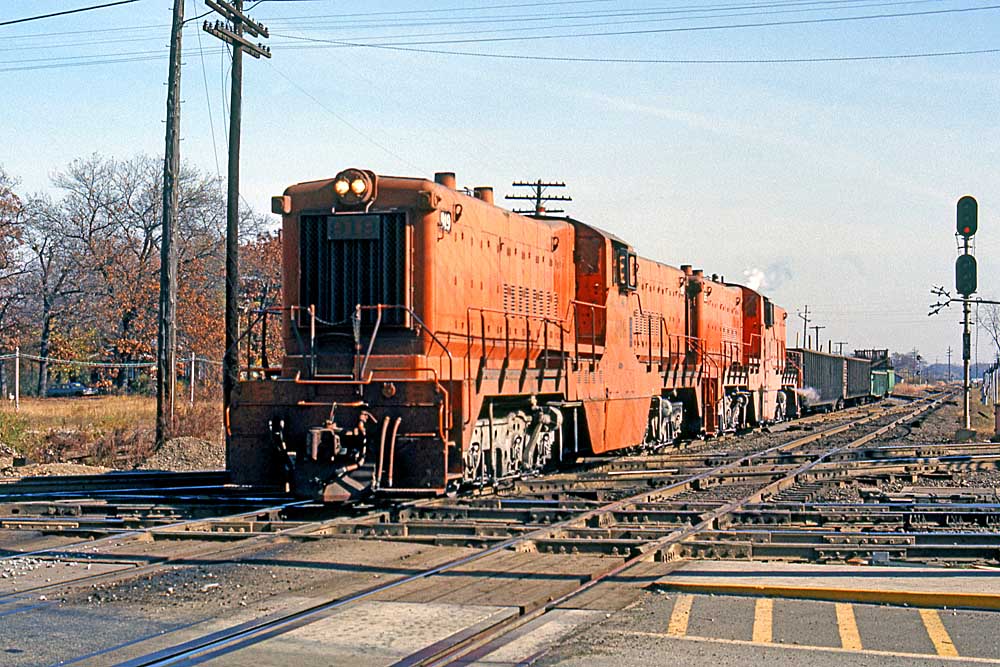
A friend asked me recently what was the first locomotive I clearly remember. The answer might be surprising: it was huge (to a 4-year-old, anyway), it was rare, it was a little scary, and it was orange. And to use the accepted sound nomenclature, it “burbled.”
I’m referring, of course, to Elgin, Joliet & Eastern’s Baldwin DT-6-6-2000, also described as a twin-engine transfer switcher, a workhorse that for a time was virtually a trademark for the entire EJ&E. Although few railroads had much interest in the original center-cabs — only 46 were built by Baldwin between 1946 and 1954, plus 24 examples of the similar RT-624 — the “J” went big, buying 26 of them, by far the most. To a kid growing up in Chicago’s far-south suburbs, it made an indelible impression.
My family lived in a small apartment on the north side of Chicago until I was 3, when we moved to Park Forest, a pioneering planned community 30 miles south of the Loop and opened in 1948 as part of a movement to make suburban living affordable to returning World War II veterans. My dad, Woody Keefe, was one of those vets, just a few years removed from serving in the South Pacific with the U.S. Army Air Force.
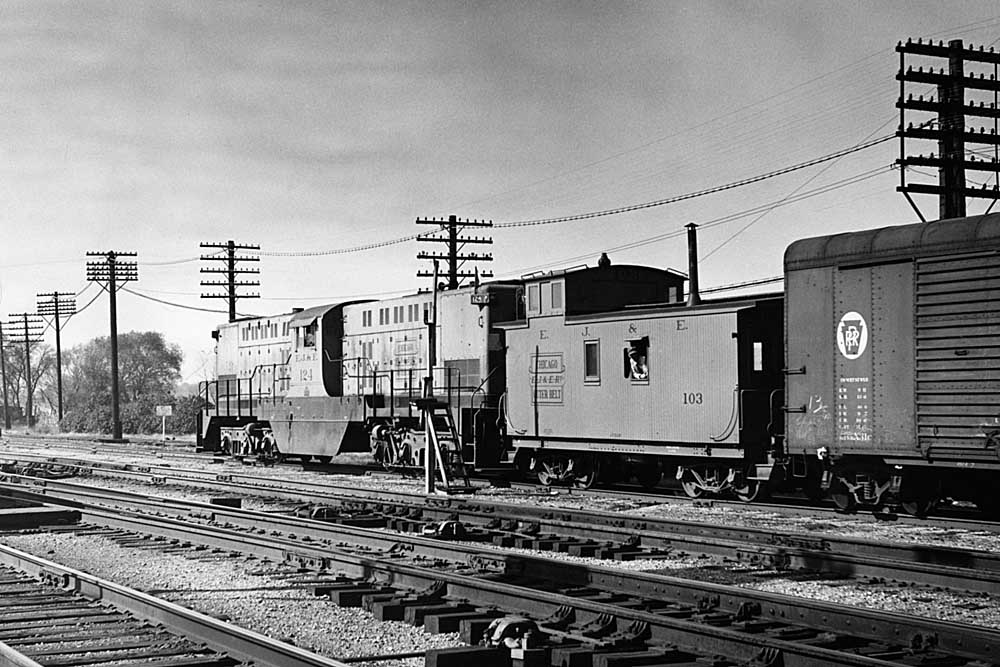
Until we moved there, I didn’t see many locomotives, not around our city neighborhood near Lincoln Park, or if I did, I don’t recall them. But Park Forest was an entirely new deal: the EJ&E’s double-track main line bisected the village not far from the townhouse we rented, and big orange diesels were a big part of everyday life. We were at the southern end of EJ&E’s 231-system around Chicago, a Waukegan-to-Joliet-to-Gary route that gave the railroad its “Outer Belt” nickname.
There were lots of trains, hustling back and forth to Gary as the U.S. Steel-owned “J” helped keep the steel business fluid. Late at night I could hear its trains blowing for the crossing at Western Avenue, just a few blocks to the north, or maybe see them when we’d stop at the White Castle over in Chicago Heights. More than anything else, I enjoyed seeing those Baldwins.
Decades later, as a Trains staffer, I’d start to know more about these beasts, things a small boy wouldn’t know. Like how powerful the DT-6-6-2000 was, thanks to its pair of 2,000 hp 608NA prime movers, one each side of the cab; or how big they were, at nearly 71 feet long; or why that Baldwin sound was so distinctive.
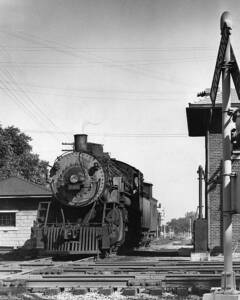
I’d also learn how valuable the Baldwins were to EJ&E, helping the railroad dieselize by 1949, which explains why I never saw “J” steam. Up until that point, the EJ&E was known for its fleet of bulky 2-8-2s, a mix of Baldwin and Alco engines plus a handful from Lima, all with 63-inch drivers and a boiler pressure that helped deliver nearly 59,000 lbs. of tractive force. They were sturdy workhorses, but unable to stave off the incursions of diesels, which began in 1937 when the “J” ordered its first EMC SW switcher.
The EJ&E went on to acquire a variety of diesels, including other switchers from Baldwin, plus EMD and Alco, but the DT-6-6-2000 for a time was the star of the show. In early tests, it showed it could effectively haul nearly 3,000 tons on the EJ&E’s 1% grade between Waukegan, the far northeast terminus, and Joliet, the “J’s” center of operations. Along the .37% grade from the Illinois-Indiana state line into Gary, the center-cabs could handle 6,000 tons.
As authors Gary and Stephen Dolzall reported in their book, “Diesels from Eddystone: The Story of Baldwin Diesel Locomotives” (Kalmbach 1984), the center-cab demonstrator in its first months rolled up 17,010 miles and hauled 45.3 million gross ton miles of freight. Those old 2-8-2s didn’t have a chance.
Baldwin’s efforts were rewarded in 1947 when the EJ&E ordered 25 more Baldwin DT-6-6-2000 units, this time reconfigured with six-cylinder 606SC power plants equipped with turbochargers, along with several other modifications. Two years later, the “J” ended all steam operations.
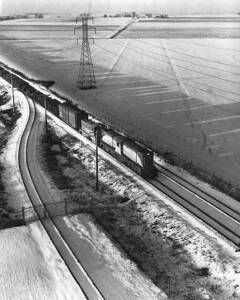
By the late ’50s, when the big Baldwin transfer units had begun to falter, the “J” extended the lives of 14 of them by working with EMD to repower them with what, by then, had become the gold standard of power plants, the EMD 567. Those with the 567 engines received new hoods, slightly changing the profile of the units. The remaining center-cabs were re-engined with newer Baldwin 606A prime movers.
For me, the big orange Baldwins began to fade from memory after 1956, when we moved to Michigan and I fell under the spell of New York Central E units and Geeps. I didn’t completely forget the dinosaurs, catching glimpses of them from time to time along Interstate 90 as we took family trips to Chicago, but by the mid-1970s they were all gone, replaced on the “J” by various EMD models, including 6 SD38s and 20 SD38-2s.
Sadly, only one Baldwin DR-6-6-2000 exists, and it’s not of EJ&E vintage. Former Minneapolis, Northfield & Southern No. 21 survives in the collection of the Illinois Railway Museum, where it remains restored but not currently operational. Ironically, one of those old 2-8-2s vanquished by the center-cabs — Mikado No. 765 — survives at Gary’s Gateway Park after recently receiving a new coat of paint from the local preservation organization Decay Devils.
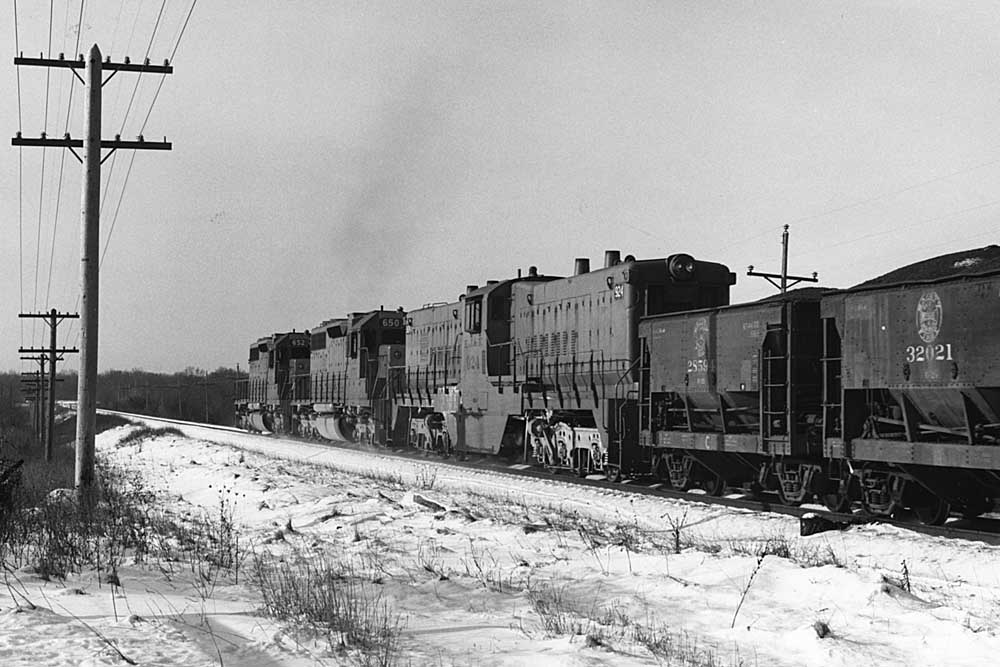






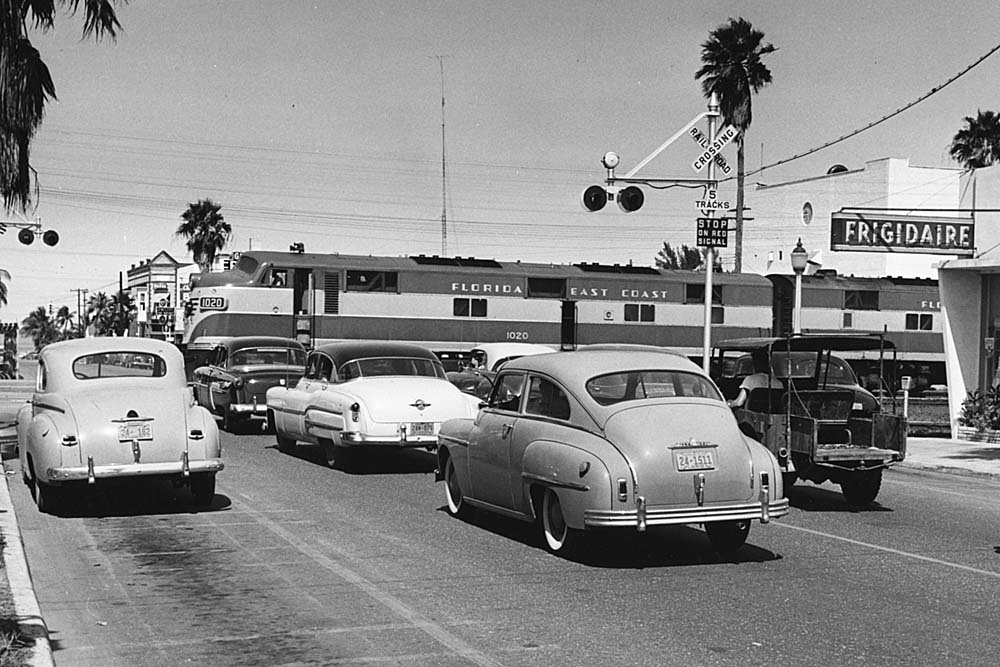
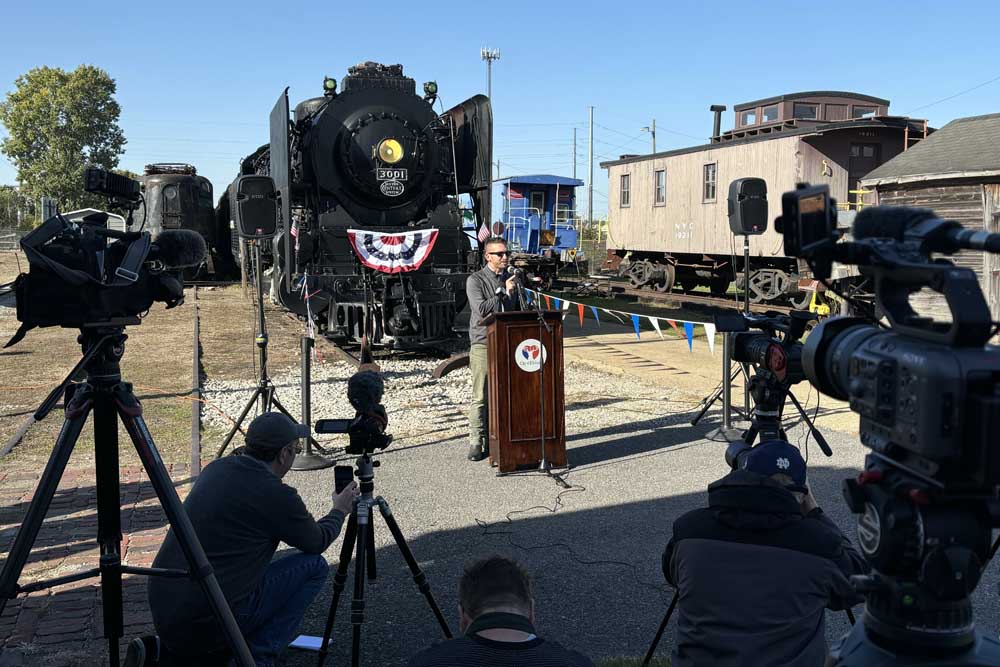
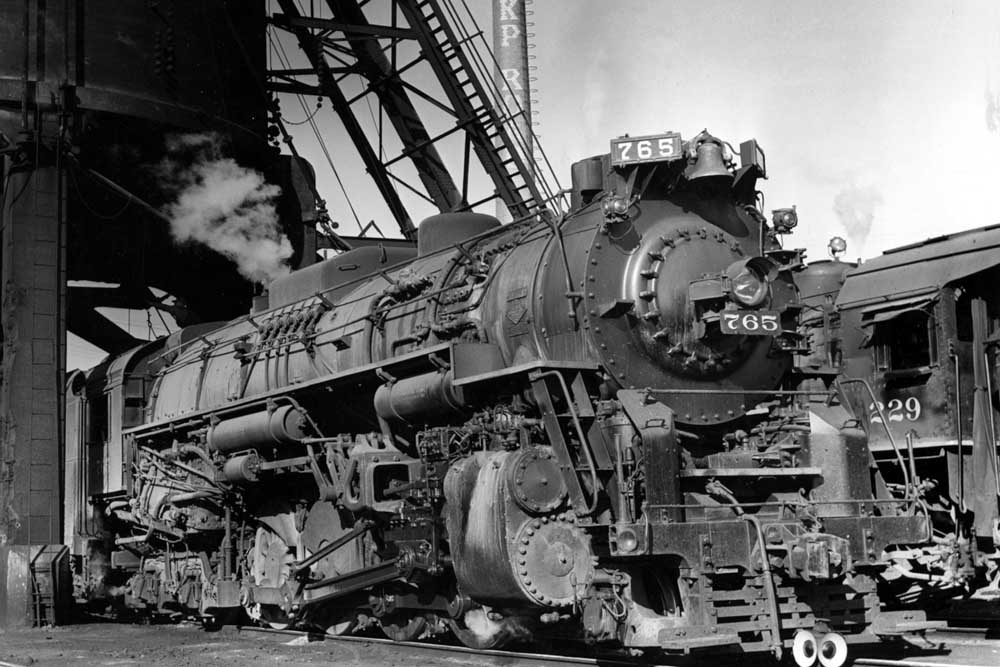
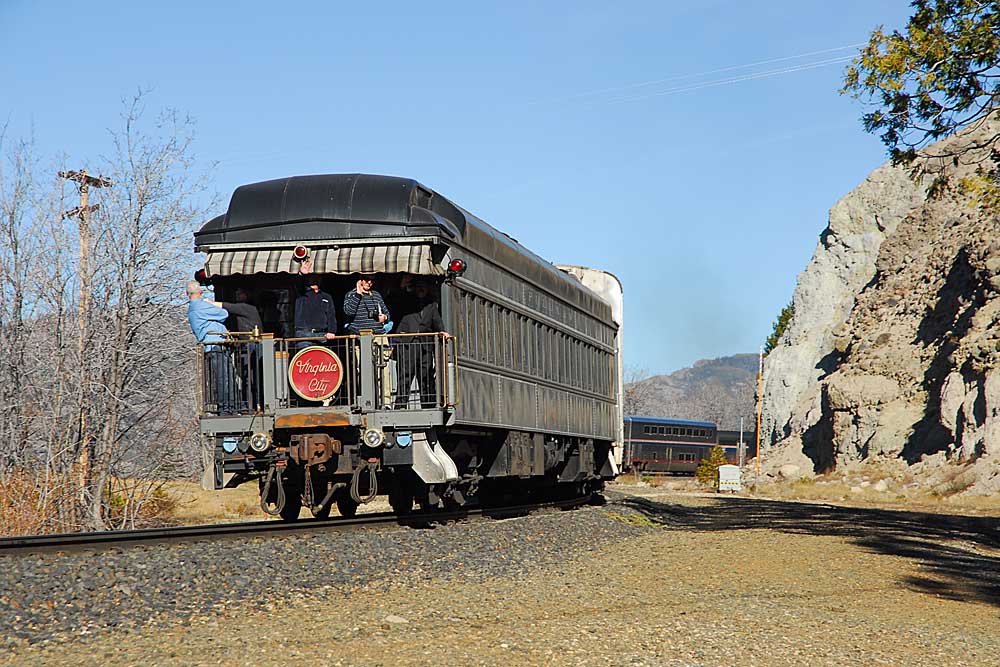




A fine article Kevin, while my first memories were not of orange locomotives, your story brings back the memories of warbonnets and bloody noses, thanks!!!